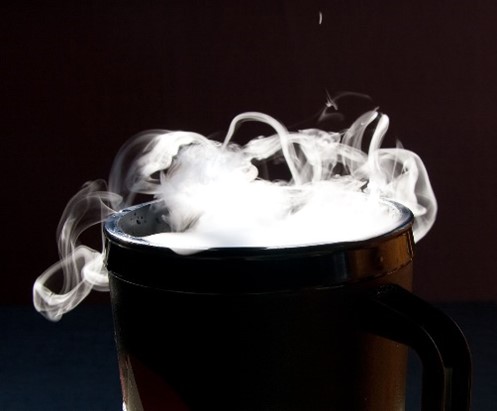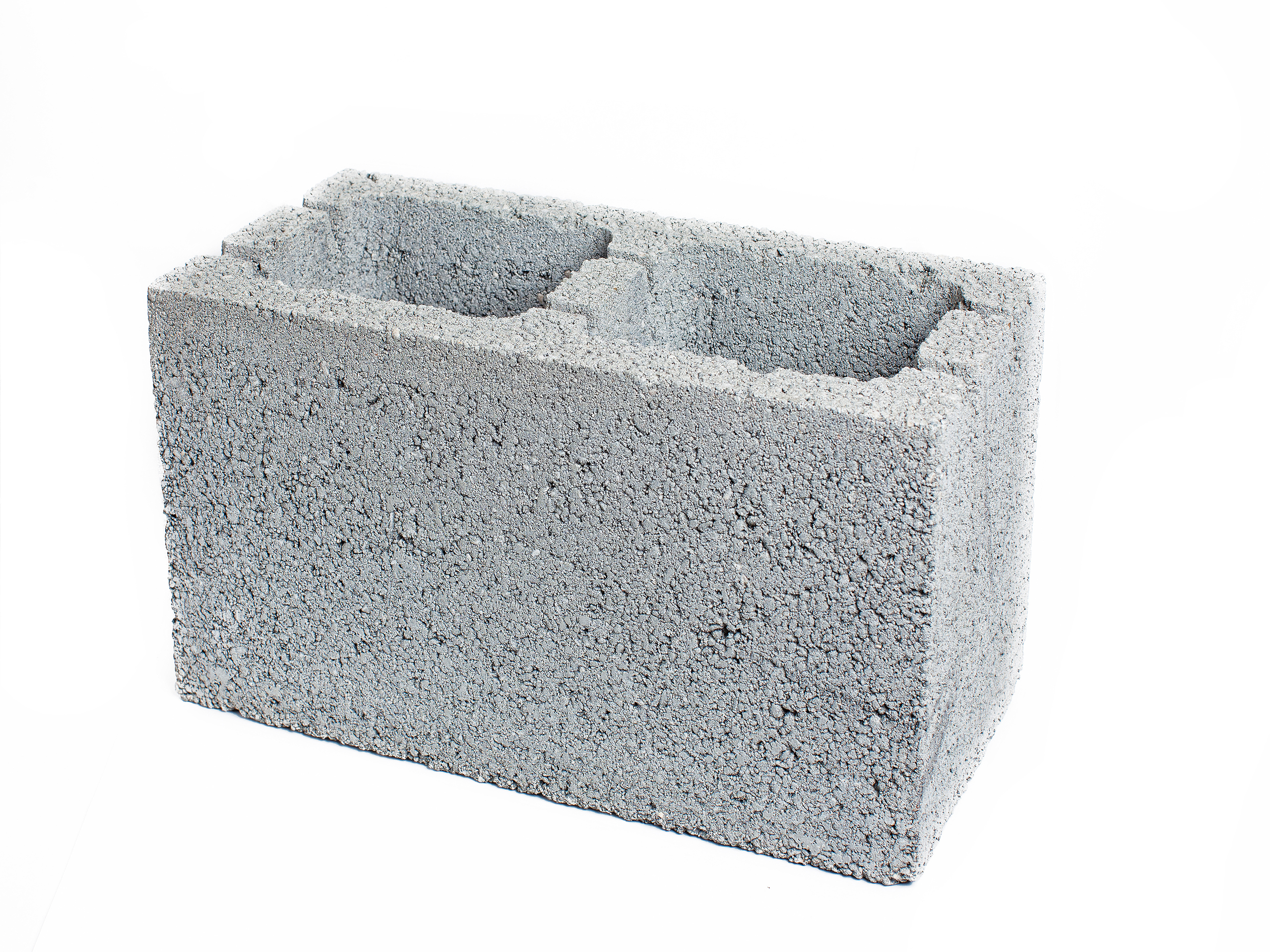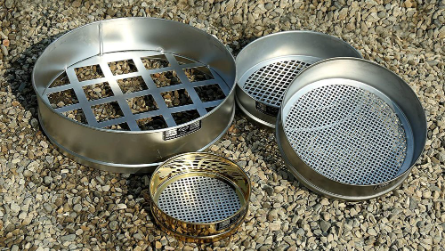The Environmental Protection Agency (EPA) analyzed Chemical Reporting Data (1) gathered from 5,237 sites for the 2020 reporting cycle. The most recent round of data identified 8,649 chemicals used in various manufacturing sectors across the United States, including U.S. territories such as Puerto Rico. These sectors, classified by their three-digit North American Industry Classification System (NAICS) codes, include, but are not limited to, the chemical, paper, metal, and food manufacturing industries. These chemicals come in a variety of compounds, states of matter, and quantities. Production processes can involve mixing, melting, molding, and more. Each stage of the process presents its own unique set of risks and controls that must be implemented to mitigate or eliminate employee exposures. To understand and help anticipate these concerns, employers have a valuable resource.
The Global Harmonization System, adopted under the U.S. Department of Labor’s Occupational Safety and Health Administration (OSHA) Hazard Communication Standard (HCS) and most recently aligned in May 2024, serves as the framework for chemical safety awareness in the workplace. Employees have the right to know what potential chemicals they may be exposed to during their work and receive appropriate safety training related to those exposure risks. The layout and content of Safety Data Sheets (SDS) are standardized items under the HCS. The SDS contains information on chemical composition, health and safety considerations, safe handling and storage guidelines, and additional properties that may be relevant during the manufacturing process. (2)
Engineering controls, such as ventilation or the use of personal protective equipment (PPE) like respirators, may come into play based on the physical and chemical properties of the substance. These controls can also change when production requires things to get a little, or very, hot. Information such as the flash point, melting point, and boiling point is found in Section 9 of the SDS. Section 10 is another area to keep a close eye on, as it contains stability and reactivity details that can influence storage, use, and heating. This section will also identify what hazardous products may result from chemical decomposition. The process of decomposition during heating, burning, or melting of a compound is influenced by several factors, including the applicable melting or boiling points.
For most substances, the phases of matter follow a predictable pattern based on the specific temperature points outlined in the SDS. A solid heated to the melting point transitions to a liquid. When that substance reaches its specified boiling point, the liquid will then transition to a vapor. At this point, the vapor pressure of the liquid equals the surrounding atmospheric pressure. Some substances, due to their chemical composition or rapid heating to a high enough temperature, will transition directly from a solid to a gas. This phase transition is known as sublimation. Dry ice (solid CO2) sublimes readily at room temperature, and we can visibly recognize the white vapor cloud produced. Alternatively, camphor, commonly used as an incense or a cough remedy, requires an increase in temperature to aid in sublimation. These temperature increases can lead to thermal decomposition, alongside changes in the state of matter.
When a compound undergoes a decomposition reaction, the resulting products can be fairly innocuous, as seen in the breakdown of carbonic acid into gaseous CO2 and water, which makes for a very fizzy soda. However, certain decomposition products from other compounds used in the production of rubber materials, such as Polycyclic Aromatic Hydrocarbons (PAHs) or benzene, can pose a risk to health. Thermal reactions can also lead to the release of fumes such as lead or hexavalent chromium. Fumes differ from vapors in that they are a type of airborne particulate matter, as opposed to a gaseous vapor. Welding and torch cutting are common sources of fume production, but certain materials can also be heated to the point of fume production more indirectly. Fumes and vapors pose a potential inhalation risk that can impact an employee’s health.
Foundries and metal production companies are no strangers to high temperatures, welding and torch cutting included. Pouring molten metal into molds to create a variety of products is a process that may be used by metal manufacturers. The molds need to be made of materials that can withstand the heat and cleanly come away from the final product. The most common and cost-effective type of mold used in this process is a No-Bake sand type. To bind the sand together and hold the sometimes-intricate shapes needed, a liquid resin is used and cured with a mixture of esters. If the mold reaches a temperature that facilitates thermal decomposition, it can release benzene and other volatile aromatics. Studies have shown that temperatures above 400⁰C (752⁰F) (3) can trigger the decomposition reaction. To reduce the risks, molds may be used at temperatures below those that lead to decomposition. Depending upon the product type, other casting materials are also available for use.
While foundries are a prominent example, other industries may also need to heat adhesives, resins, rubber products, and even food additives. These can all present different vapor, fume, or decomposition scenarios. The exposure risks vary based on the chemical decomposition products, the temperatures and atmospheric pressures at play, and the conditions under which the products transition from a solid or liquid to a vapor. Knowing these physical and chemical attributes is vital when planning control measures and the overall production processes.
1 https://www.epa.gov/chemical-data-reporting/chemical-production-data
2 https://www.osha.gov/hazcom/rulemaking
3 https://www.sciencedirect.com/science/article/pii/S187853521630212X
For help with compliance strategies, contact:
Amanda Sandidge Engstrom, CIH, CSP
540.759.5069
[email protected]






